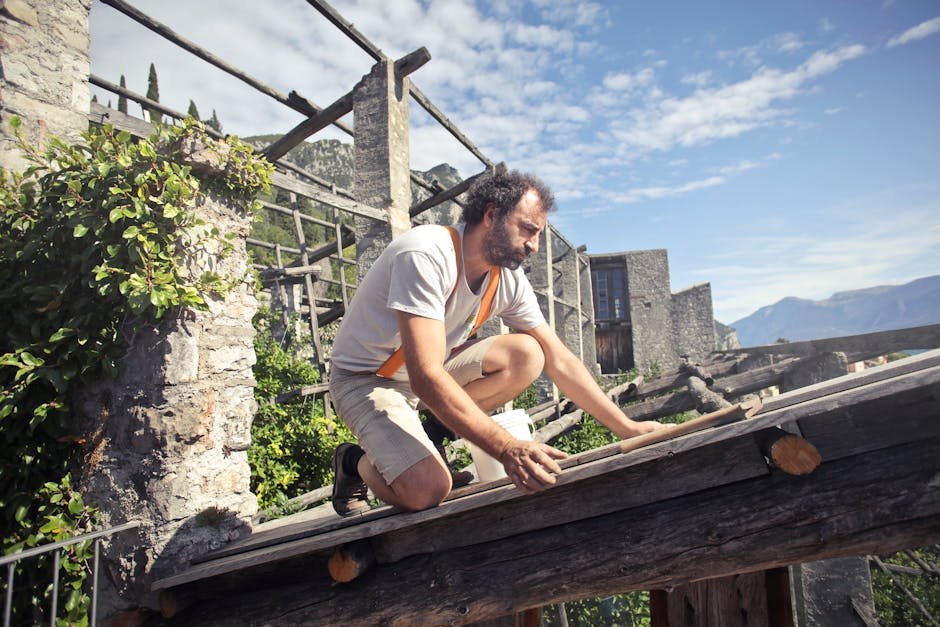Wood Siding Repair vs. Replacement: What Georgia Homeowners Need to Know
Deciding between repairing and replacing wood siding is a crucial choice for Georgia homeowners. From weather-proofing to enhancing curb appeal, the decision impacts both functionality and aesthetics. Let's delve into the key considerations to guide you in making the right decision.
Understanding Wood Siding: A Homeowner's Guide
Wood siding is a popular choice for homes in Georgia due to its natural beauty and durability. From classic cedar to versatile pine, wood offers a timeless appeal that complements various architectural styles. However, exposure to Georgia's humid subtropical climate can lead to issues such as rot, mold, and pest infestations, necessitating timely maintenance and repairs to preserve the siding's integrity.
Regular inspections are essential to identify signs of damage early on. Look out for cracks, warping, discoloration, or peeling paint, as these can indicate underlying problems. By addressing issues promptly, homeowners can extend the lifespan of their wood siding and prevent more extensive damage that may require costly replacements.
Assessing the Damage: Repair or Replace?
When faced with damaged wood siding, the decision to repair or replace depends on the extent of the issues. Minor damage, such as small cracks or localized rot, can often be remedied through repairs like filling, sanding, and repainting. However, if the damage is widespread, affecting structural integrity or insulation, replacement may be the more practical solution.
Consulting with a professional siding contractor is advisable to assess the damage accurately and explore the available options. They can provide insights on the condition of the siding, potential repair techniques, and the cost comparison between repairing and replacing, allowing homeowners to make an informed choice.
Factors such as the age of the siding, overall maintenance history, and the extent of damage play a crucial role in determining whether repair or replacement is the appropriate course of action. Considering these factors alongside budget constraints and long-term goals will help homeowners decide on the best way forward.
Factors to Consider Before Making a Decision
Several factors should influence the decision-making process when it comes to wood siding repair or replacement. Homeowners should assess the overall condition of their siding, including the type of wood, level of damage, and the presence of any underlying issues like water damage or mold.
Additionally, the aesthetic impact of repairs must be considered. While matching new siding patches to the existing color and texture is possible, there may be noticeable differences in appearance. This visual inconsistency could affect the curb appeal and overall cohesion of the home's exterior.
Moreover, the long-term cost implications should not be overlooked. While repairs may offer a temporary fix, extensive damage or recurring issues could result in higher maintenance costs over time. On the other hand, investing in new siding may provide greater durability and performance, reducing the need for frequent repairs.
Cost Analysis: Repairing vs. Replacing Wood Siding
Cost is a significant factor in the decision-making process for Georgia homeowners considering wood siding repair or replacement. Repairing damaged siding typically involves material costs, labor fees, and additional expenses for surface preparation and finishing.
On the other hand, the cost of replacing wood siding depends on various elements, such as the type of wood, square footage of the home, labor rates, and any necessary permits. While replacement may have a higher upfront cost, it can offer long-term savings by reducing maintenance and repair expenditures over time.
Comparing quotes from reputable siding contractors and weighing the upfront expenses against the projected durability and maintenance costs can help homeowners make a financially sound decision that aligns with their budget and home improvement goals.
In conclusion, balancing cost-effectiveness with long-term durability is vital when choosing between repairing or replacing wood siding. By understanding the factors involved, Georgia homeowners can make informed decisions that protect and enhance their homes.

